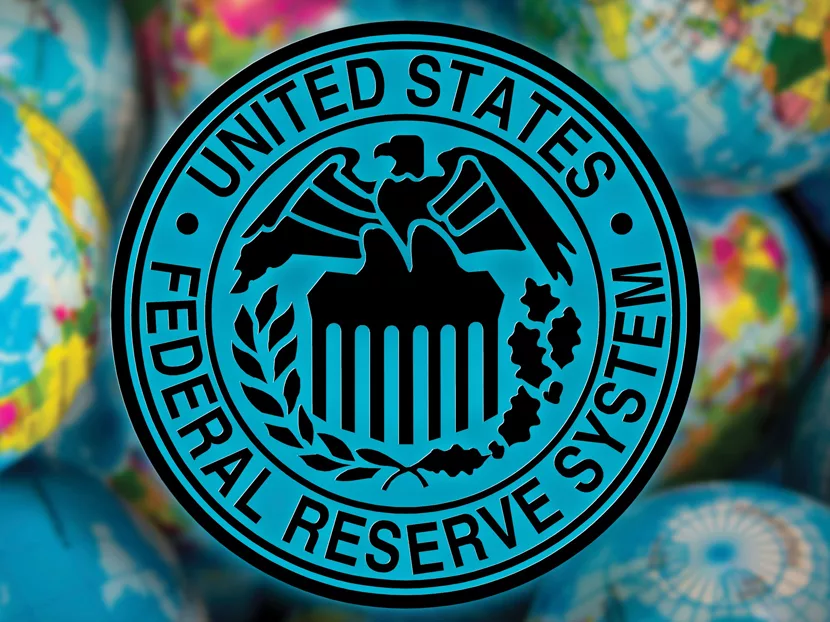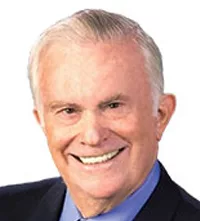While economic pressure has forced the U.S. Federal Reserve into slowing its four-year quarterly interest uptick, similar pressures also are causing a re-evaluation of increasing rates by leading global economies.
This U.S. Federal Reserve Board’s (FRB) projected slowdown resulted in similar impacts in Canada, the United Kingdom and the European Union in the range of 2.25 percent to 2.50 percent. Like the United States, these decisions are based on an expected 2019 economic slowdown throughout the world.
This wait-and-see approach is flexible, due to current low inflation. It has the upward room to react if the year’s future accelerates the almost unanimous expectation of a drop-off by comparison with a “torrid” 2018.
Policymakers have left some room for an unexpected economic surprise surge that might re-awaken the rise of inflation. The economic world at large is particularly eyeing the success or failure of dialogues between the globe’s two leading economic superpowers — the United States and China.
Noted also are U.S. cutbacks of such costly new expenditures as speed-trains from Los Angeles to San Francisco.
Mexico’s economy is losing steam as a new political regime has taken over. This has been greatly influenced by the leftist administration of President Andrés Manuel López Obrador. He has backed off of some major banking proposals that shook up the financial markets. Obrador also retained policies that have reduced economic growth, such as the cancellation of a multibillion-dollar airport near Mexico City, the nation’s capital.
Expect Mexico’s GDP growth for the year 2019 to be less than 2 percent, lower than 2018. Other expansion also slowed as Obrador tightened other new initiatives he considers unnecessary, despite an upswing in those working and a lessening of unemployment.
In the United States, new automobile sales are off to a slow start this year. This is primarily due to unusually severe cold weather in the first two months. The projected volume for the whole year is now expected to drop 2 percent after an upward tick during the same period in 2018.
But the overall conversion to SUVs and light trucks continues to gain ground. This switch from traditional auto sales will be even more pronounced in the second half of 2019. It will drop the sales of overall traditional cars to only 26 percent of the dollars generated by new car sales of all types previously.
It’s safe to say that 2019 as a whole will be down enough from last year to justify a hold up in the U.S. FRB interest rates and those elsewhere.
History of U.S./Mexican Border
With the current U.S. Congressional dispute over the Mexican/American border, it might be interesting to review its formal establishment in the late 19th century after the U.S. victory in the Mexican/American War of 1848. The result was that America’s southern neighbor was forced to sign over 525,000 square miles of territory, including what is now California, Nevada and Utah, as well as parts of Arizona, New Mexico, Colorado and Wyoming.
Five years later, the United States purchased another 29,000 square miles of land, containing southern Arizona and southwestern New Mexico, pretty much equivalent to today’s 1,954-mile boundary with Mexico. Since there was little back-and-forth travel in this sparsely populated region, little if any bi-national confrontation existed.
During most of the 19th century, which featured extremely sparse U.S. settlement on two-thirds of the nation west of the Mississippi River, “illegal immigration” was hardly considered a problem. No formal passports or visas were required by either side.
This changed when the U.S. Congress passed the first major immigration restriction in 1882. It was primarily instated to bar the flood of Chinese laborers, who began slipping over the southwest border since they could not enter the United States through official entry ports. Congress created the border patrol in 1924, primarily to crack down on the number of cheap laborers crossing the U.S./Mexico border.
It also was an attempt to stem the flow of illegal alcohol, disallowed under the Eighteenth Amendment to the Constitution.
Most of the illegal booze came through Canada after the passage of prohibition legislation, so the majority of the U.S. restriction agents were sent north. This left the southern border practically unprotected, except for a few hundred agents on horseback. In fact, the southern border was bare of restriction so that a surge of foreign labor could cross into the southwestern United States.
World War II short-circuited this endeavor as American factories, heavily involved in armament production, “winked at” the numerous entrances of illegals. Most of them had no problem finding jobs, desperately needed during and after the war.
The 1990s saw the first major physical barriers constructed to keep the ever-increasing surge of illegal immigrants getting out of hand, primarily during President Bill Clinton’s two terms. They included a 14-mile fence separating San Diego and Tijuana.
But the most serious concerns were not acted upon until after the 9/11 crisis sparked fears of terrorists crossing the border. The Secure Fence Act, signed by President George W. Bush in 2008, added 548 miles of fencing for $2.3 billion. Another 137 additional miles of fencing was added under the succeeding regime of President Barack Obama.
Today, with the border between the United States and Mexico becoming a point of political contention, the border wall proposed by President Donald Trump is under attack by Democrats as its history is being written.






